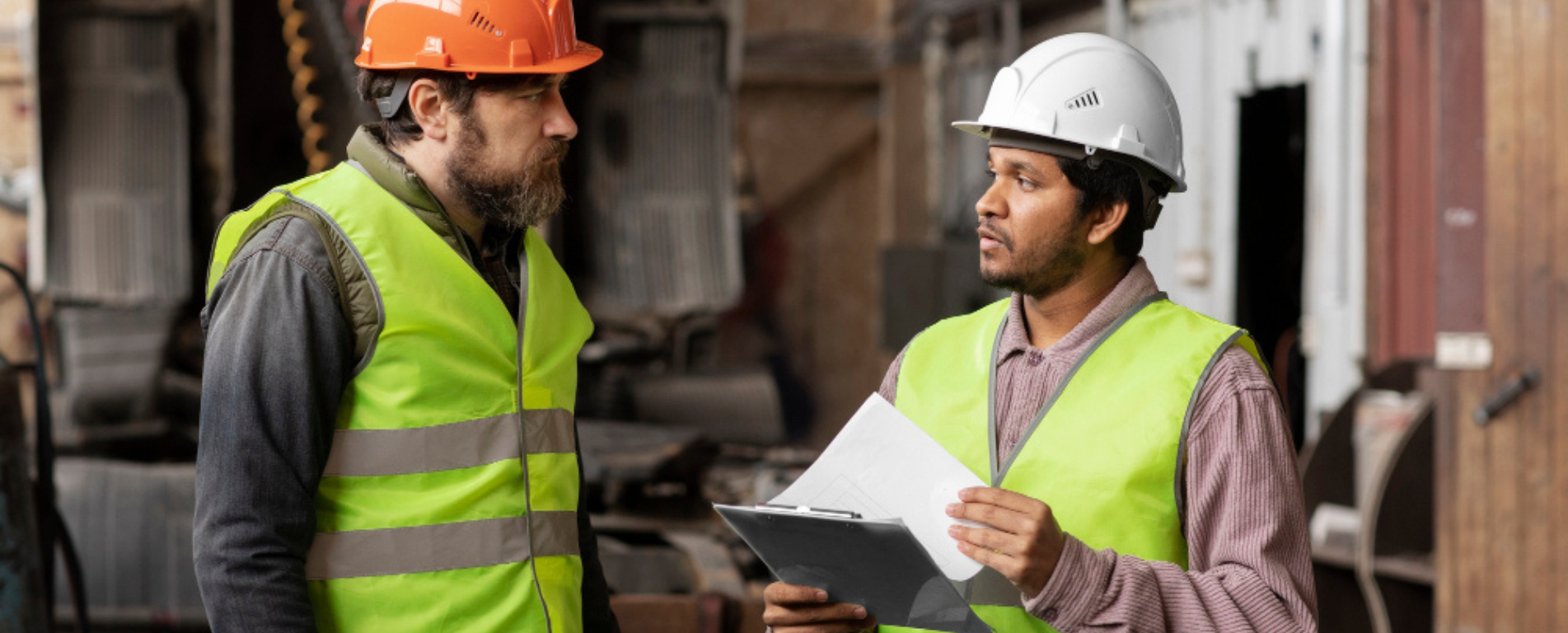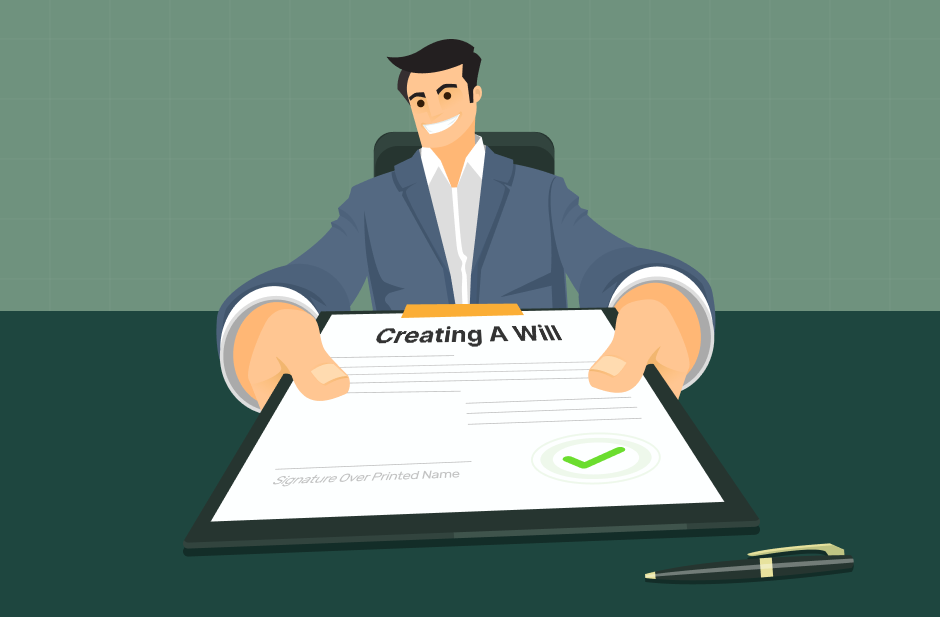Are you starting a construction project? Then you know that there’s more to it than just blueprints and bricks.
Whether you’re putting up a house, renovating a commercial space, or managing a significant development, you must follow many legal rules.
These aren’t just formalities; they keep your site safe, your workers protected, and your project running smoothly.
So, what are the construction site safety rules that you must legally comply with in the United States?
If that’s what you want to know, then you have come to the right place! Therefore, keep reading till the end…
Ultimate List Of Construction Site Safety Rules In The USA
Building something? Great! But before you grab your tools and hard hats, you need to know the rules.
These rules make sure everything is built safely, workers are protected, and you don’t get into legal trouble.
Let’s walk through the most important legal requirements!
1. Building Permits and Inspections
First, let’s talk about permits! Before you even dig a hole or lift a hammer, you must get a building permit. Think of it as getting a green light from your local government.
But why is it so important? Well, that’s because:
- It confirms your building plan follows building codes and local laws.
- It helps make sure the structure is safe and won’t fall apart.
Inspections happen throughout your project. A city official comes by to check your progress.
So, what happens when you skip this? Here’s what you need to know:
- You might have to stop the work.
- You could be fined or told to take the whole thing down.
Here’s what the entire process looks like:
| Step | What Happens |
| 1. Submit Plans | You give your building plans to the city |
| 2. Pay Fees | You pay a small fee |
| 3. Review & Approval | Officials check your plans |
| 4. Get Permit | You get the green light to start |
| 5. Schedule Inspections | Officials check your work at different stages |
2. OSHA Safety Regulations
Secondly, you can’t just let workers walk into danger. The Occupational Safety and Health Administration (OSHA) sets safety rules to protect everyone on a job site.
Things You MUST Do:
- Give workers PPE (like helmets, gloves, and goggles)
- Teach them how to use machines safely
- Post warning signs around the site
- Report serious accidents quickly
If you break the rules, OSHA might fine you! And the fines can be huge. Some are over $100,000.
3. Site Security and Public Safety
It’s not just workers at risk — the public is, too. Imagine a child wandering into a construction zone. Scary, right?
Now, you might want to know what are some of the things that you might require legally. Let me help you out with that!
Here’s what you need:
- Fencing or barriers around the site.
- Warning signs at all entrances.
- Safe traffic redirection if you’re near roads or sidewalks.
If someone gets hurt near your site, you could be held responsible. That’s why many cities — like Atlanta — see people turning to an Atlanta construction accident attorney when things go wrong.
4. Proper Worker Classification and Labor Law Compliance
Fourth on the list is complying with the law! You must correctly classify your workers — as employees or independent contractors.
So, why does it matter? Here’s why:
- Employees get benefits, protections, and fair pay
- Contractors work independently
Oh, and just in case I forgot to tell you, you must also:
- Follow the Fair Labor Standards Act (FLSA).
- Pay at least minimum wage and overtime.
- Provide rest/lunch breaks if your state says so.
- Keep accurate time cards and payroll.
And trust me when I say this: DON’T MESS THIS UP! If you mess this up, you could face lawsuits, back taxes, or even criminal charges.
5. Zoning Laws and Land Use Regulations
Even if your building is safe, it still has to be allowed in the area. This is what zoning is all about.
But what are the zoning rules for? Well, these decide on the following things:
- What kind of building can go where.
- How tall it can be.
- How many parking spaces it needs.
Here ae two examples that you should take a look at:
- You can’t build a shopping mall in a quiet neighborhood.
- Or a skyscraper in a park zone.
Furthermore, before starting, it is best that you check with your city’s zoning department. You might need special permission if your project doesn’t follow the rules.
6. Environmental Compliance
Next, we all know that construction affects the environment. That’s why there are rules to keep things clean and safe.
Here are a few things that you might need to watch out for:
- Stormwater runoff (dirty water leaving your site).
- Chemicals or hazardous materials.
- Dust and emissions.
- Loud noise.
- Trash and debris.
Additionally, know that the EPA (Environmental Protection Agency) keeps an eye on these under the Clean Water and Air Acts.
And yes, just in case your project is big, you might need a Stormwater Pollution Prevention Plan (SWPPP).
Here’s an Environmental Checklist that might help you:
| What to Control | Why It Matters |
| Runoff water | Pollutes rivers and lakes |
| Dust & air pollution | Harms air quality |
| Noise | Affects nearby homes/schools |
| Waste disposal | Prevents illegal dumping |
7. Accessibility Laws (ADA Compliance)
Next comes something really important. And that’s the Americans with Disabilities Act (ADA. If your building is open to the public — like offices, restaurants, or apartments — you must make it easy for people with disabilities to access.
Additionally, you must also follow 2010 ADA standards for accessible design. And what does THAT mean? Well, essentially, it means:
- Wheelchair ramps and smooth curb cuts
- Wide doorways for mobility devices
- Accessible restrooms, elevators, and parking spaces
Skipping this? Think twice! You can get sued or fined.
8. Insurance and Bonding Requirements
Accidents happen, even when you’re careful. That’s why you need insurance — and in some cases, bonds — to protect your project.
Here are some of the must-have policies and rules for ensuring construction site safety:
- General liability insurance: Covers injury or property damage to outsiders
- Workers’ compensation: Pays for injured workers’ medical bills and lost wages
- Builder’s risk insurance: Covers theft, fire, or storms during construction
- Surety bonds: Promises your work will get finished (often required on government jobs)
In many states, these are not optional — they’re required by law.
9. Recordkeeping and Documentation
Finally, you need documentation!
Construction is busy. But don’t forget to write things down. You are required by law to keep:
- Safety inspection logs
- Worker training proof
- Material Safety Data Sheets (MSDS)
- Timecards and payroll records
- Reports if someone gets hurt
Why this matters: If OSHA or the Department of Labor comes calling, good records can protect you from big trouble.
Your Legal Guide: How To Comply With Construction Site Safety Rules In The USA?
Construction laws can seem like a lot — and they are! However, they exist for a good reason: to protect people and make sure projects are done right.
Here’s your checklist for staying compliant:
- Get your permits and inspections
- Follow OSHA safety rules
- Secure the site for public safety
- Classify workers and follow labor laws
- Follow zoning and land use rules
- Respect environmental regulations
- Make it ADA-compliant if open to public
- Carry the right insurance & bonds
- Keep detailed records and reports
Pro Tip: If you’re not sure about something, ask an expert — like a lawyer, inspector, or project manager. It’s better to be safe than sorry.
Taking care of legal requirements early helps your project go smoothly and keeps everyone safe. That’s what makes a builder — or a construction company — truly professional.
Read Also:
















